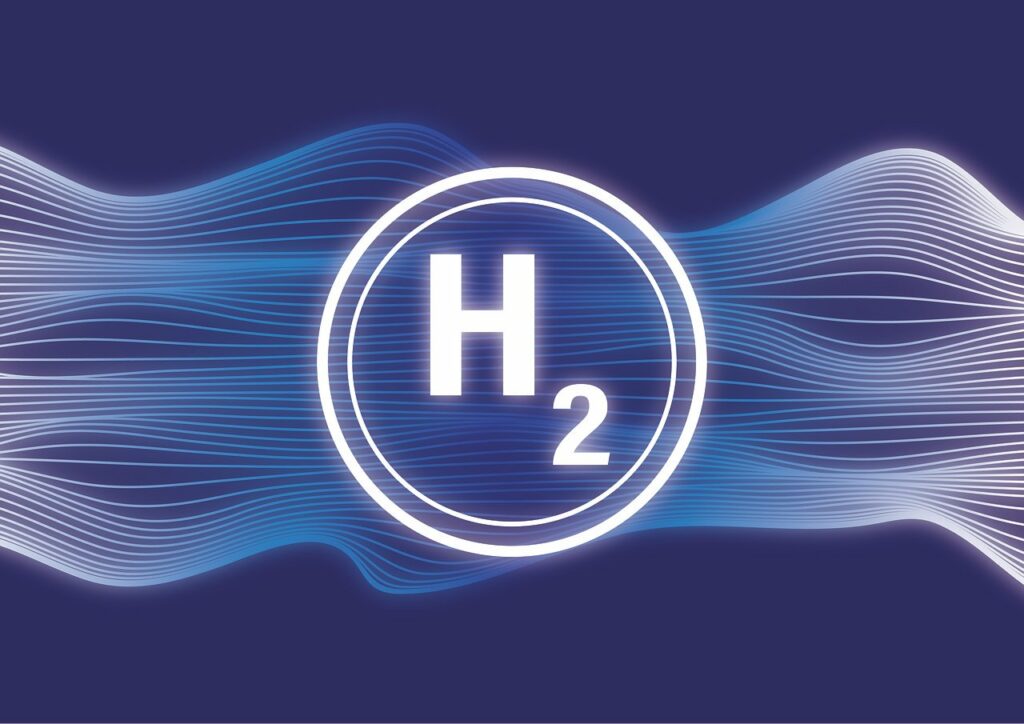This study focuses on understanding the combustion and emission characteristics of an ammonia/hydrogen fuel mixture in a heavy-duty engine.
The researchers evaluated various factors, including the intake hydrogen energy ratio (HER), equivalence ratio (φ), intake temperature, and combustion chamber wall temperature, to optimize energy distribution and minimize pollutants.
Results from the study highlight that a lean-burn mode in the engine tends to deliver better thermal efficiency compared to a stoichiometric mode. This efficiency is due to reduced combustion and wall heat losses. However, under lean conditions, the cylinder temperature drops, which inhibits NH3’s participation in reduction reactions while also increasing N2O residue. On the other hand, stoichiometric mode adjustments with higher HER can improve NH3 and N2O consumption by elevating H radicals and cylinder temperature, though it only slightly boosts thermal efficiency.
The research also reveals the significance of optimizing intake and wall temperatures to control emissions. Effective temperature optimization can substantially reduce NH3 and N2O emissions—by 87.5% and 71.7% respectively—while slightly curbing NOx emissions. This demonstrates the intricate balance between temperature manipulation and optimal combustion processes to achieve lower emissions.
Despite its potential, ammonia as a fuel poses challenges such as low flame speed, high ignition energy requirements, and limited flammability. Its low cetane number necessitates a high compression ratio in compression ignition engines, but this can compromise engine stability. Moreover, ammonia’s physical properties, such as high corrosiveness and low viscosity, restrict the effectiveness of high-pressure direct injection systems. Therefore, researchers are focusing more on SI engines to improve ammonia combustion’s feasibility and efficiency.
